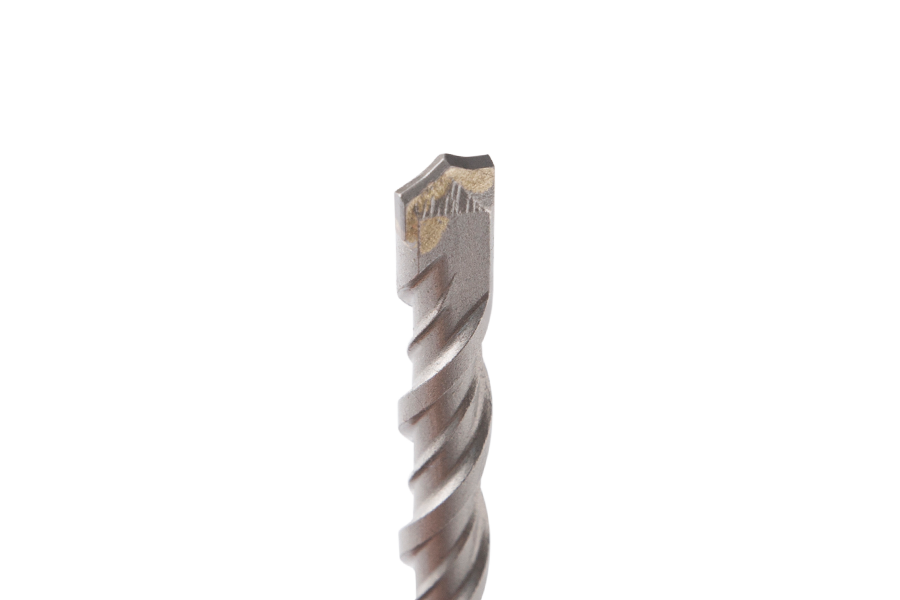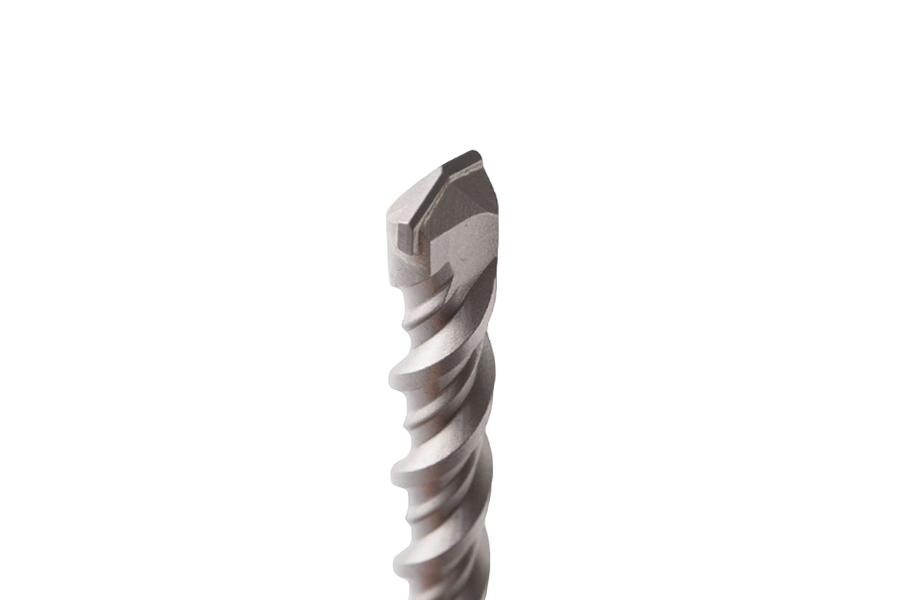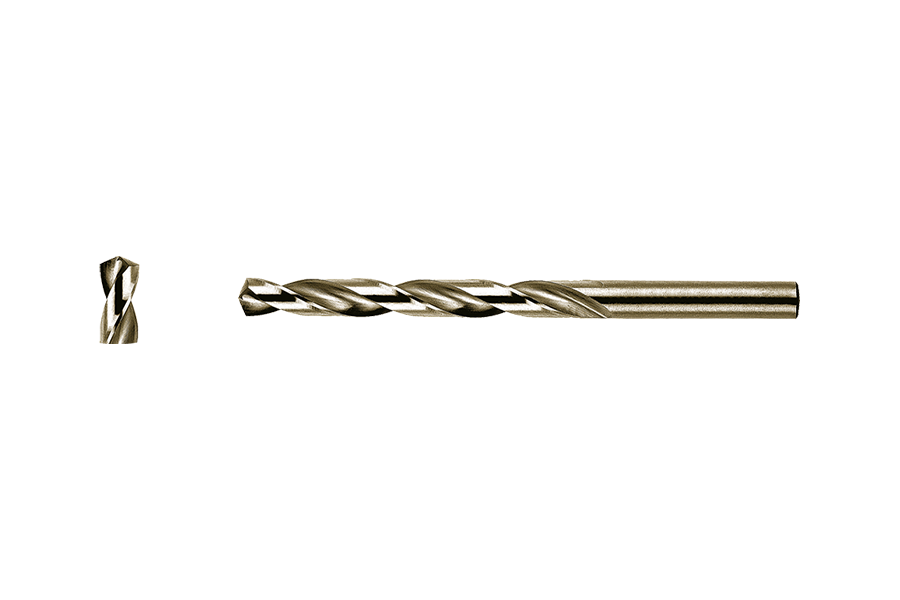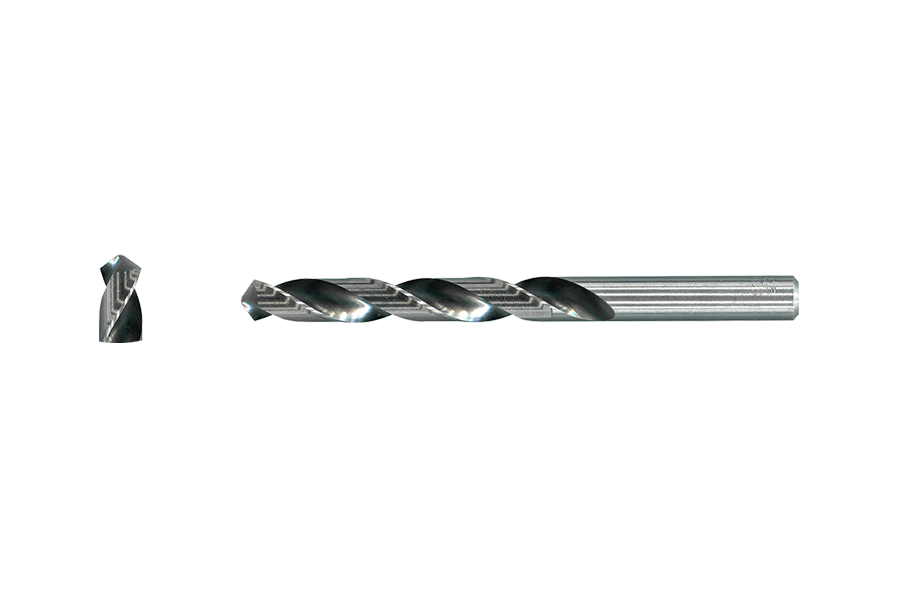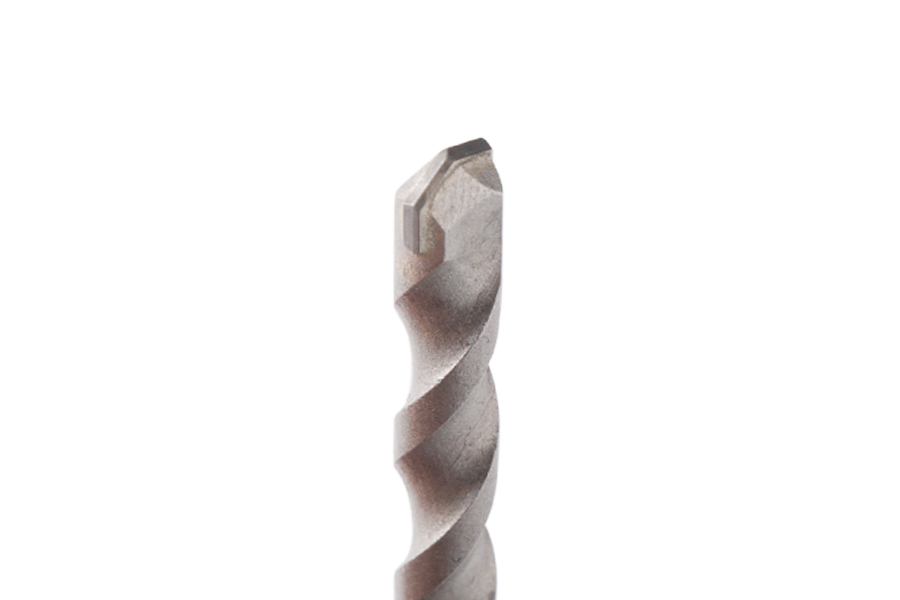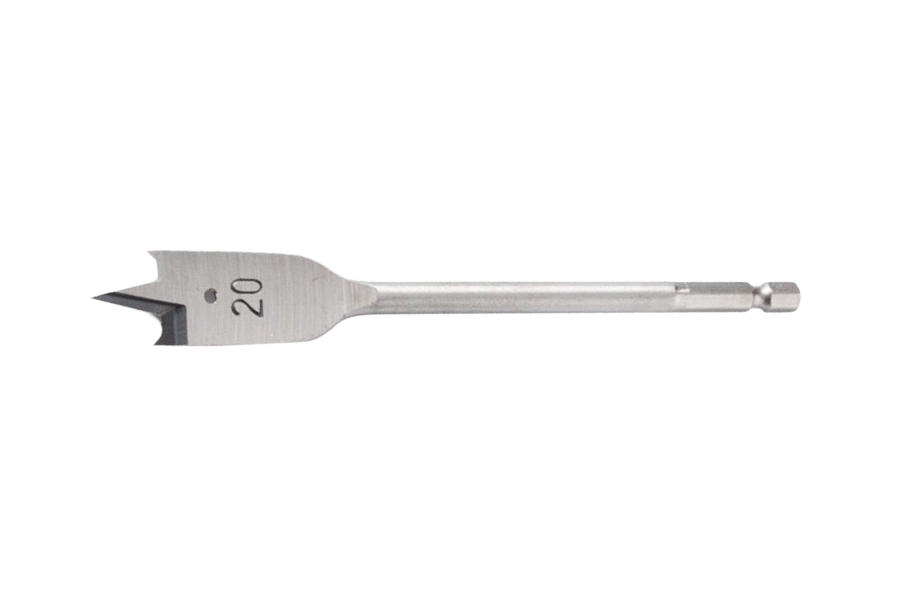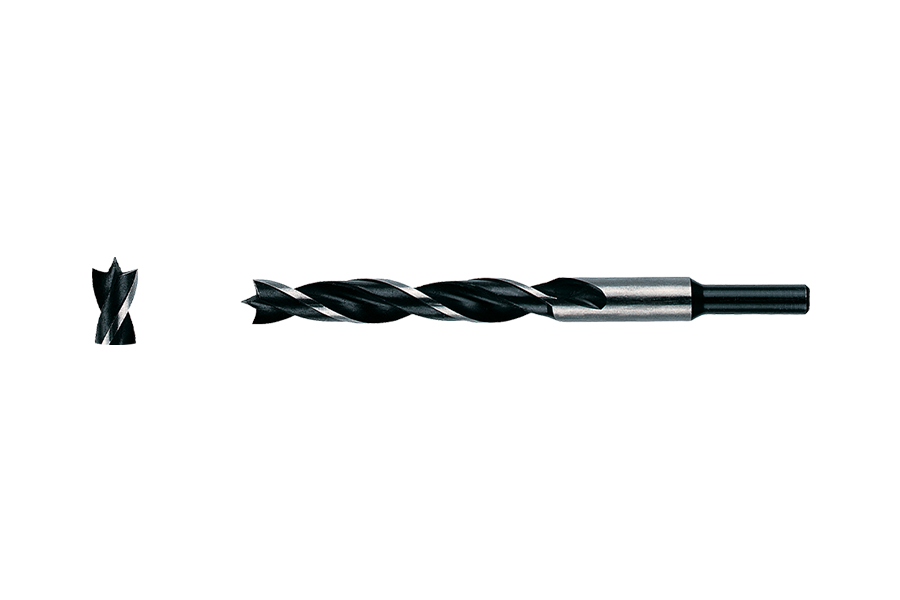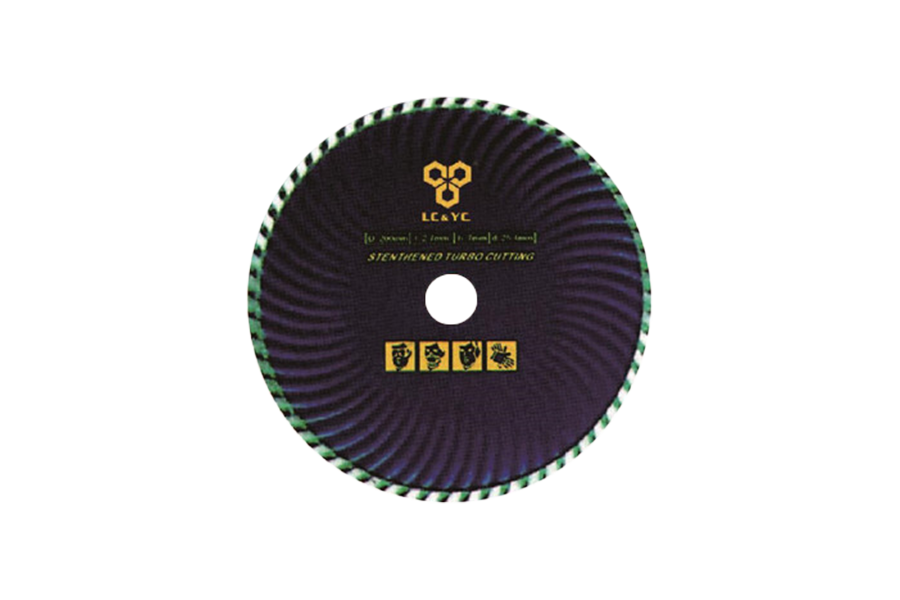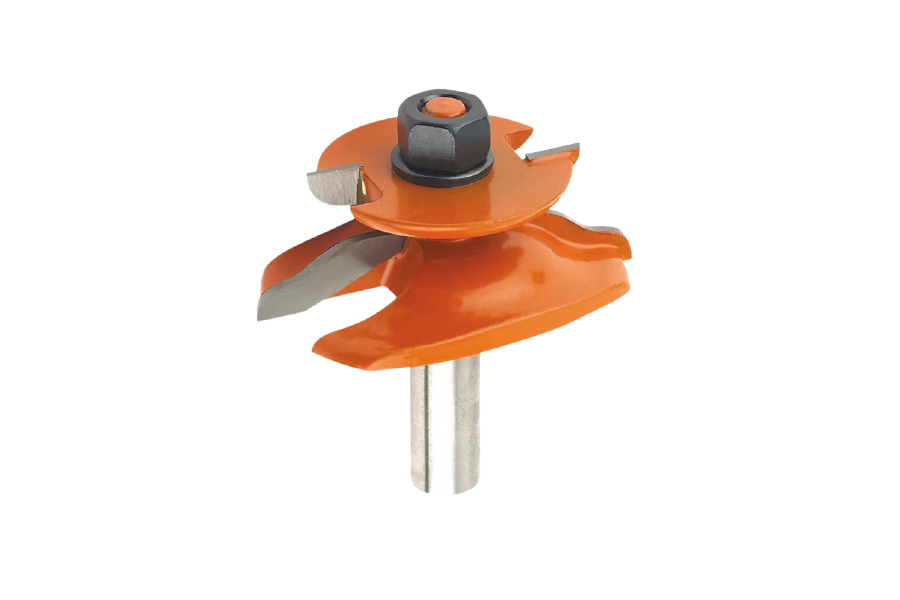In the world of cutting tools, TCT circular saw blades have become a staple across industries ranging from woodworking and metal fabrication to construction and plastic processing. TCT, or Tungsten Carbide Tipped, blades combine the durability of steel with the hardness and wear resistance of tungsten carbide, offering professionals a powerful tool that ensures clean, efficient, and precise cuts.
Unlike conventional all-steel blades, TCT circular saw blades feature tungsten carbide tips that are brazed onto the teeth of the blade. This combination allows for extended cutting life, greater resistance to heat, and superior performance when cutting through tough materials. Tungsten carbide, known for its extreme hardness, resists wear and maintains sharpness far longer than steel alone.
As a result, these blades are ideal for high-volume and high-speed cutting tasks. Whether you’re cutting hardwood, laminates, non-ferrous metals, or composite materials, a TCT blade offers consistency, speed, and precision with minimal maintenance.
Key Benefits for Professionals
One of the primary advantages of using a TCT circular saw blade is its longevity. The tungsten carbide teeth can remain sharp up to 20 times longer than those of standard steel blades, reducing downtime for sharpening or replacements. This extended lifespan makes them cost-effective over time, particularly in industrial settings where blade wear can be a constant issue.
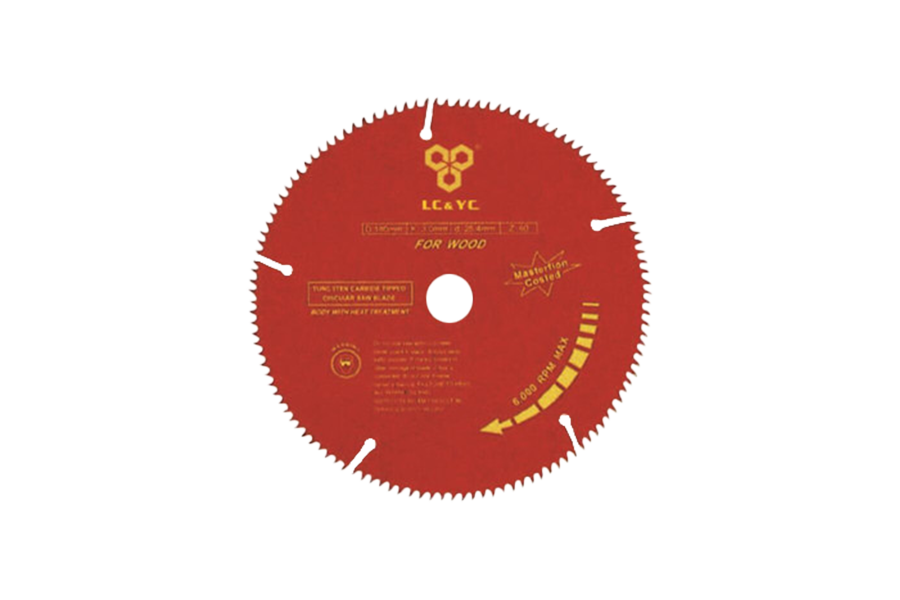
Another major benefit is cut quality. TCT blades produce smoother cuts with less tear-out or splintering, which is especially important in fine woodworking or finish carpentry. In metalworking, this precision ensures minimal burring and cleaner edges, reducing the need for post-cut finishing.
Choosing the Right TCT Blade
Not all TCT blades are created equal. Selecting the appropriate blade for a specific task depends on several factors:
Tooth count: More teeth typically mean finer cuts, while fewer teeth are suited for faster, rougher cuts.
Blade diameter: Must match your saw’s specifications and the material being cut.
Tooth geometry: Different tooth shapes (ATB, TCG, FTG, etc.) are optimized for various materials and cutting actions.
Professionals should also consider the application—a blade designed for aluminum won’t perform the same on hardwood. Manufacturers often label their blades clearly to match specific material types and cutting conditions.
Maintenance Tips
While TCT blades are built for durability, they still require care to maximize performance. Keeping the blade clean from resin or pitch build-up ensures smooth operation. Additionally, inspect the carbide tips regularly for chipping or dullness. When necessary, professional sharpening services can extend the life of the blade even further.


 English
English
 中文简体
中文简体
 Español
Español
 عربى
عربى


